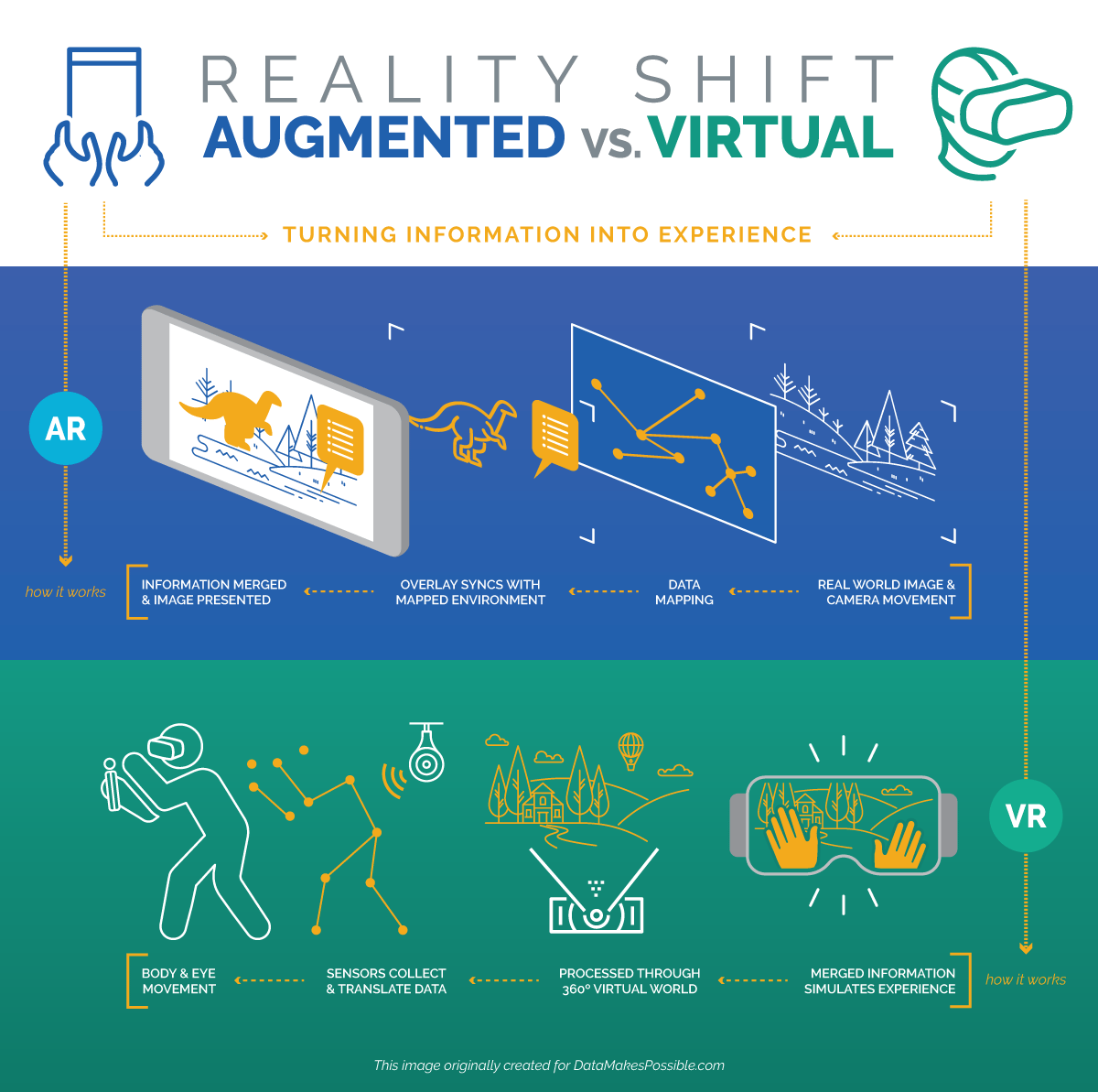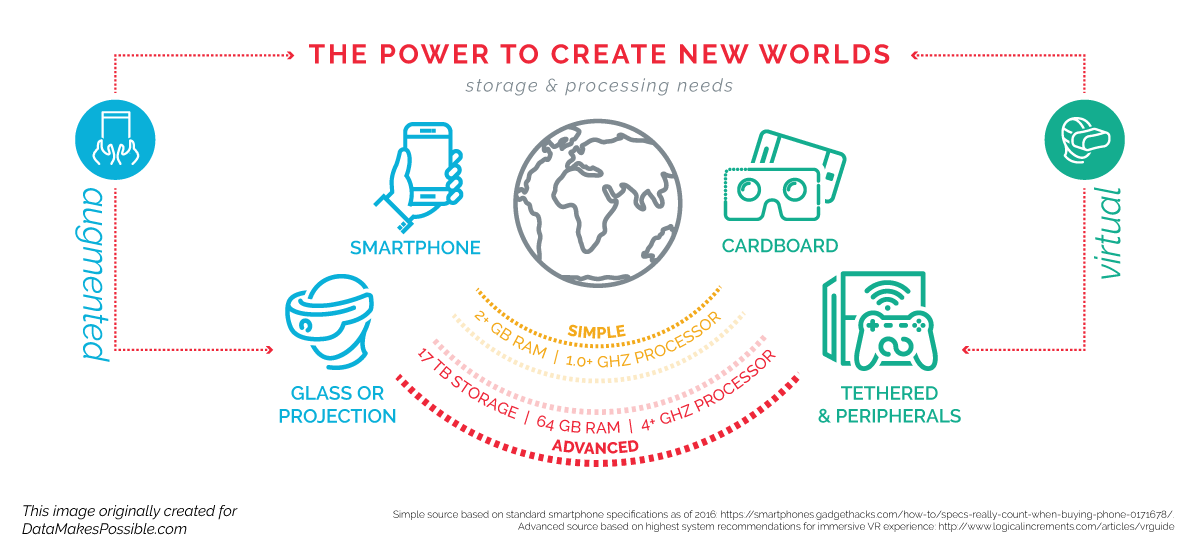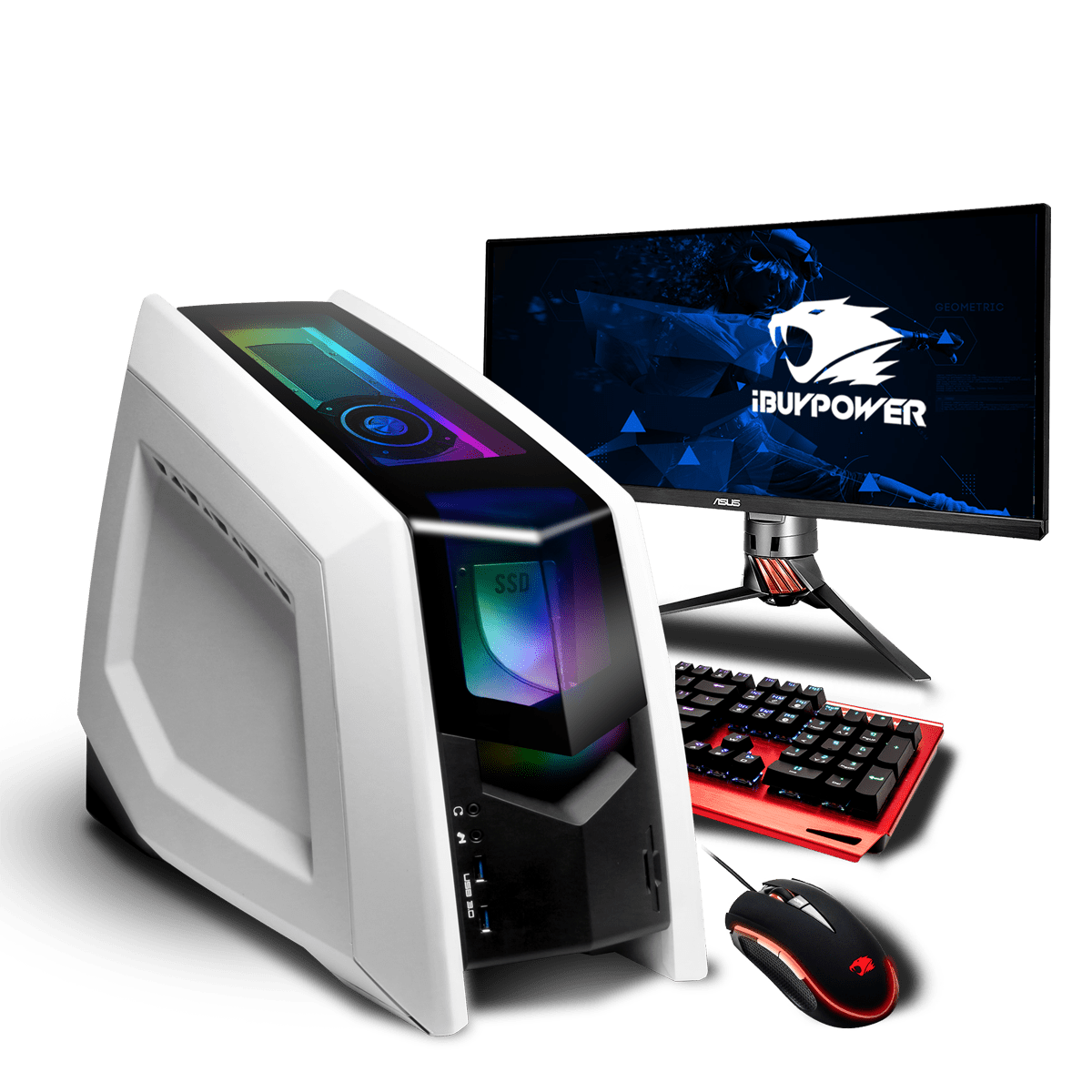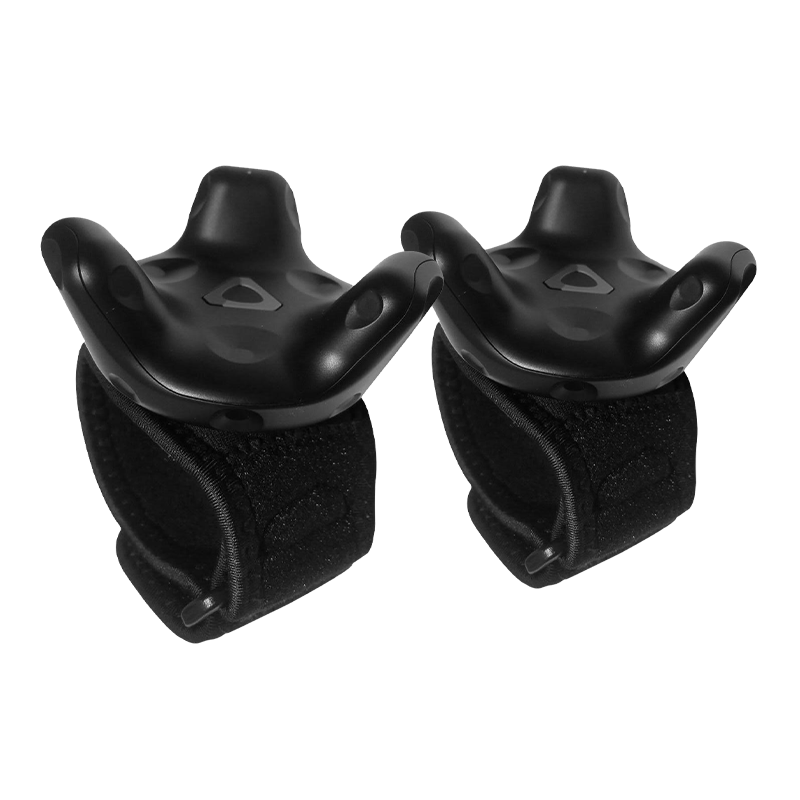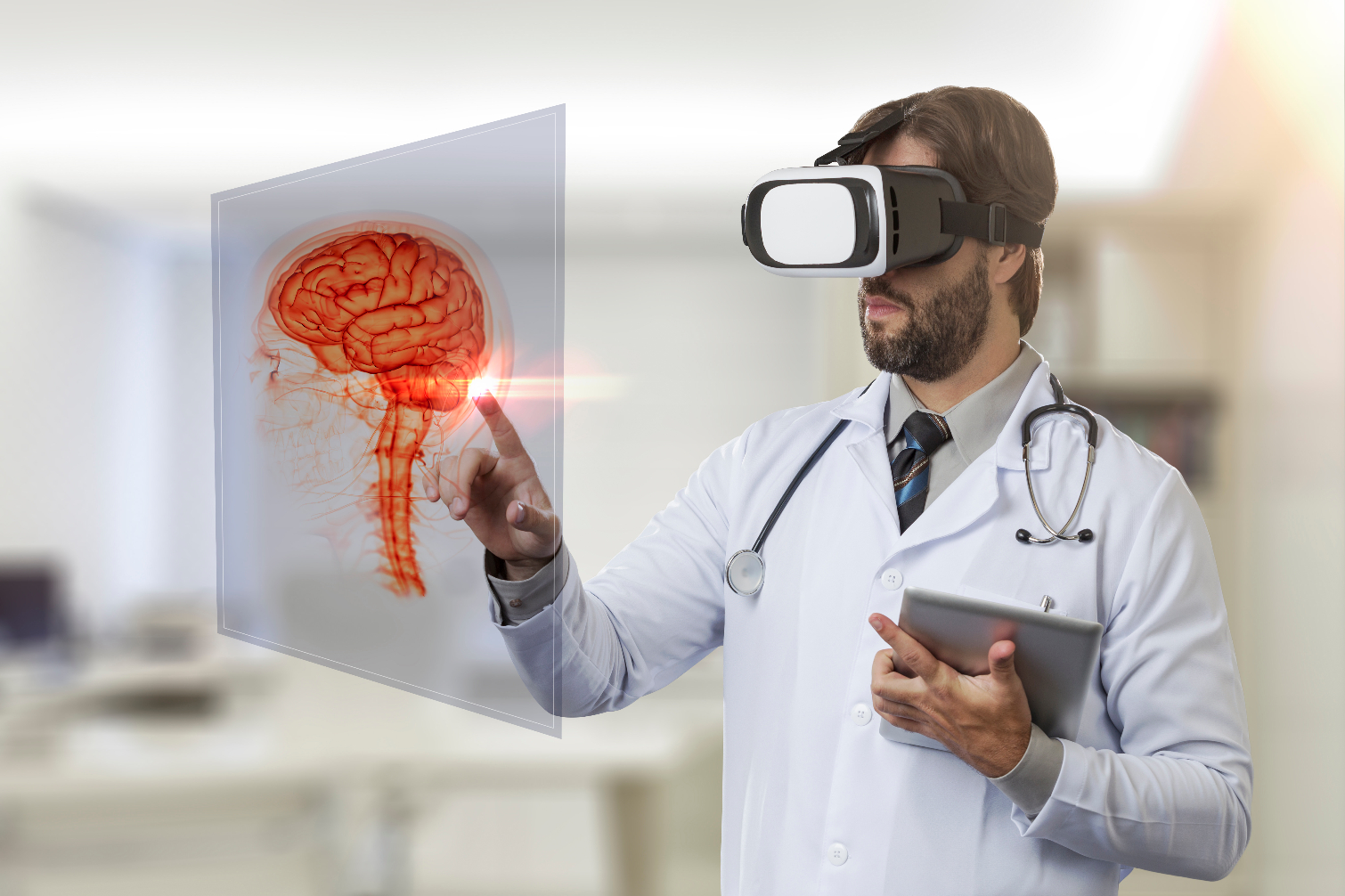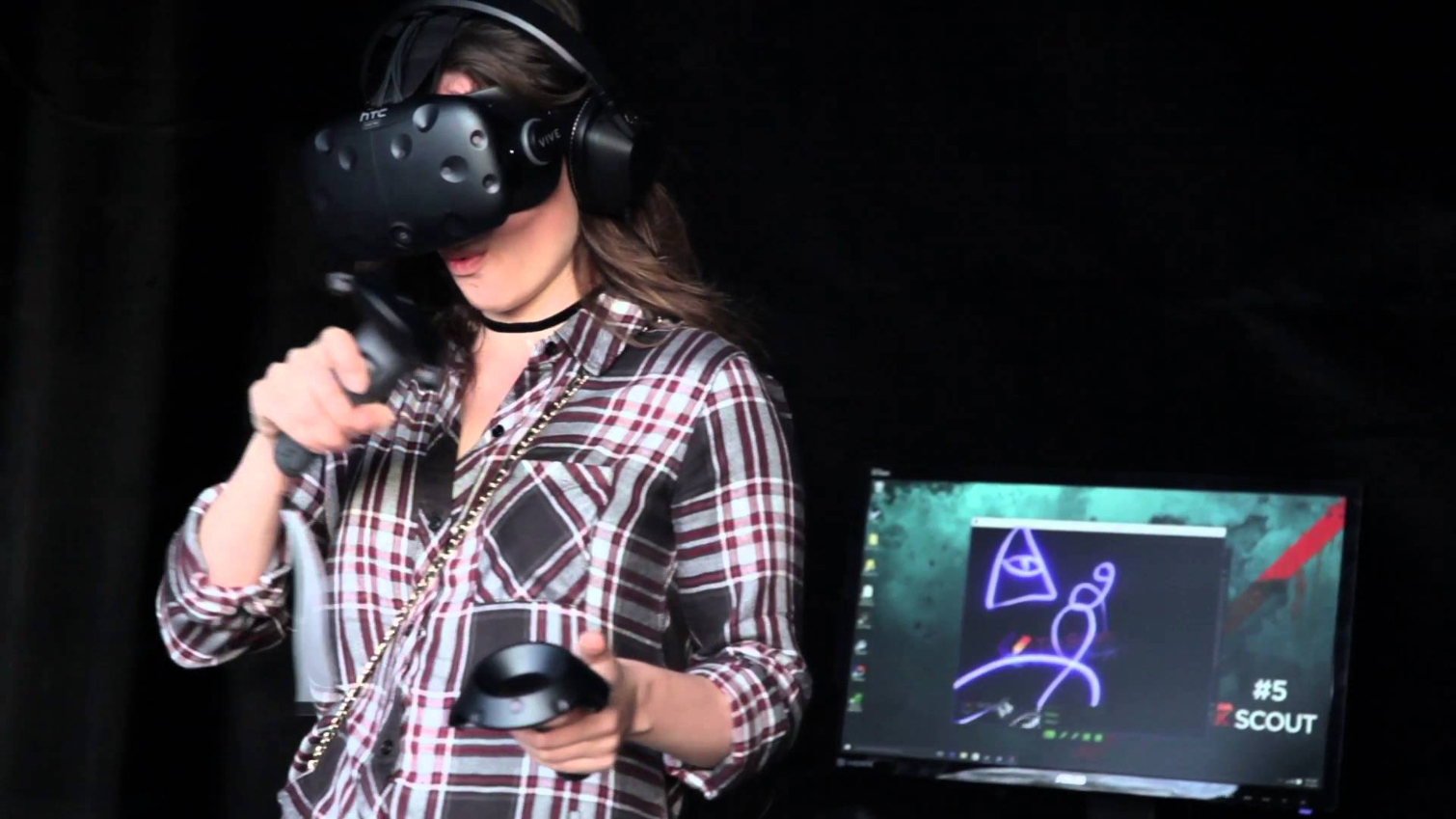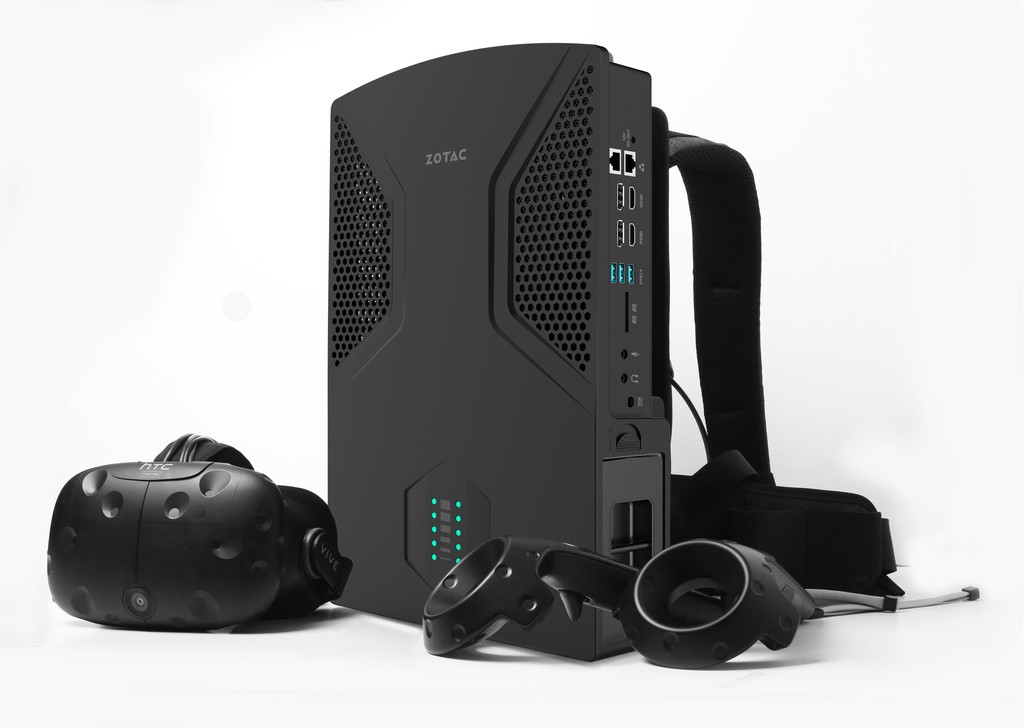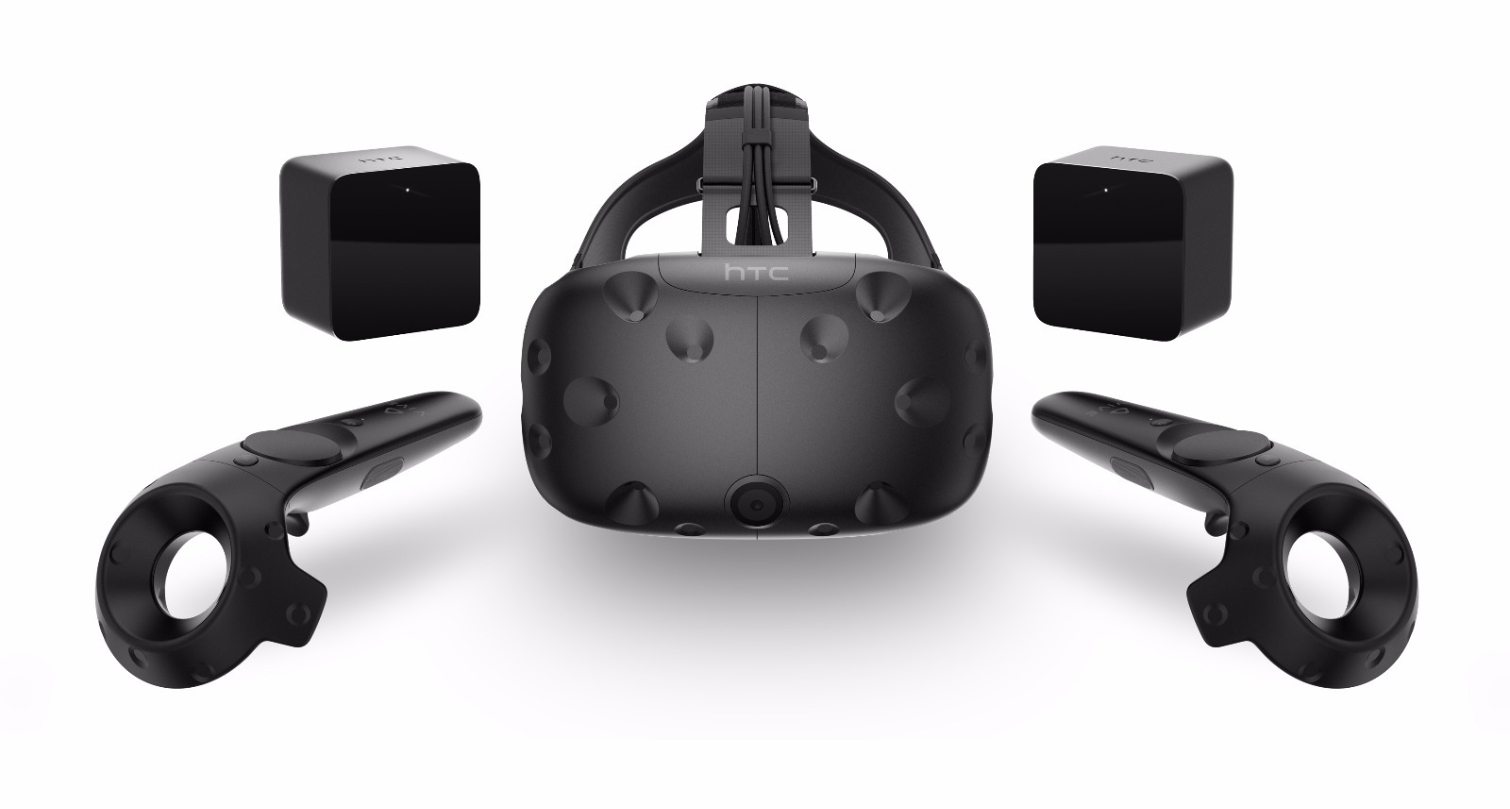Essential Hardware for the Coming VR Explosion [SPONSORED]
Essential Hardware for the Coming VR Explosion
We like to think that virtual reality (VR) has been practically an overnight phenomenon, with the Oculus Rift appearing in 2010 and Google debuting its nearly free Cardboard viewer design for smartphones in 2014. The truth is that VR and its less encumbered sibling, augmented reality (AR), have a longer history and more diverse future than many might imagine, and only now are we entering the true upward bend in the adoption curve.
In 2015, VR was an exotic curiosity. In 2016, we began to see VR truly enter the mainstream as projects such as PlayStation VR arrived on the console front. HTC and Valve released the HTC Vive VR headset, which tethers to a computer and provides a 110-degree field of view, a wealth of environmental and movement sensors, and compatibility with a wide range of today’s burgeoning VR software platforms. At the low-end, Google Daydream succeeded Cardboard by the year’s end and put phone-driven VR within just about anyone’s reach. That said, the performance and quality gap between something like Daydream and Vive is cavernous. People who want convincing VR — and especially VR that doesn’t cause motion sickness — are going to want an experienced platform able to accommodate baseline specifications and next-generation readiness.
Let’s Talk Hardware
In this article, we’re going to focus on the finest VR experience. PC-based VR, led primarily by manufacturers and premium system builders such as Intel, NVIDIA, HTC, and iBuyPower, have been active in defining a suitable set of specifications for modern VR PCs while simultaneously reducing the complexity that may be inherent in high-end VR systems. Such efforts mean win-wins on all sides, as consumers will have better experiences, this will help manufacturers sell more solutions, and the overall VR ecosystem could continue an upward trajectory.
Not surprisingly, fueling a quality VR experience requires some rather beefy hardware components. The goal is to supply an ultra-high-resolution image stream to each eye and do so in a way that keeps the user’s brain from perceiving any lag between body motion (especially head turning) and a shift in the image perspective. When such lag grows too long, some people experience motion sickness, and the VR experience becomes miserable.
Check out NVIDIA’s virtual reality system requirements and you’ll see that the GPU and CPU dominate the components list. In particular, NVIDIA suggests a GeForce GTX 1060 or higher and an Intel Core i5-4590 equivalent or higher. Not surprisingly, every VR system suggested by Intel as of this writing features a 7th generation Core i7 or higher processor. HTC’s recommendations include AMD options, noting the AMD FX 8350 and Radeon RX 480 or better. HTC also suggests at least 4GB of RAM, HDMI 1.4 or DisplayPort 1.2 or later, and a minimum OS of Windows 7 SP1.
Without question, GPU and CPU are foremost and critical in the VR experience. Both components work hand-in-hand in computing images, rendering them for output, and processing input of all types. However, a range of secondary concerns also impacts VR performance, some of which will only grow in importance as the VR space evolves. RAM is one of these, and, according to HTC, storage may be even more prominent.
“We believe the gold standard for VR is 90 frames per second,” says Troy Edwards, director of PR for HTC. “So, with any application developer, we always try to make sure they're hitting that 90 FPS bar. At the same time, the third VR performance component can be storage. If you have faster storage, you are going to be in better shape transferring the data that will then render to the HMD [head-mounted display] through the graphics card and processor. From that standpoint, faster drives result in slightly better performance in the VR headset.”
For the fastest drives, adopters need to turn not only to solid-state drives (SSDs) but also to NVM Express (NVMe) interfaces rather than conventional Serial ATA (SATA). For example, the WD Black PCIe Gen3 x4 NVMe-based SSD, in both 256GB and 512GB models, features read speeds of up to 2,050 MB/s and writes up to 800 MB/s (in the 512GB). Compare this to maximum reads of roughly 200 MB/s for the WD Black 3.5” hard drive. In some applications, the 10x difference between these throughputs might not make a difference, but as resolutions and computed virtual field of view increase over time, and especially as the number of users being served from a single system increase, the demands on storage will only climb. Imagine a barista pulling espresso shots for lattes with a two-minute time cap. It’s fine if the espresso machine takes even one minute to output two shots when serving one patron. That output speed becomes a real liability when serving ten.
While not a major concern today, thermals may also become a hot topic in future VR systems. Power users, particularly overclockers, are amply familiar with how excessive system heat can lead to component performance throttling to avoid damage. Every active component plays a role in total system heat, including storage, which is why it can be important to consider products that deliver excellent performance along with the lowest feasible power profile. Naturally, extremely resource-intensive applications such as VR can result in the highest heat levels.
“To keep that 90 FPS, it’s important to determine what the lowest possible storage performance is that will maintain that level,” says Oren Cohen, Director, Technical Marketing with Western Digital. “In this case, we need to check if, even when storage is undergoing thermal throttling, the speed is still higher than VR spec demands. If, for example, a storage device reduces its performance by, say, 70% to assist with lowering temperatures, then we can say that even though the performance is less, it still affords a great VR experience.”
Thermals don’t matter as much in large towers, which tend to feature several exhaust fans, but the problem can crop up more in laptops. Looking forward, expect thermal concerns to become even more prominent in wearable solutions, such as all-in-one headsets that perform their own processing and don’t require PC tethering.
VR Applications
It would be hard to overstate the amount of interest currently now whipping through the software developer community for VR. This spans from mega-developers down to the smallest indies. According to HTC, nearly every major game publisher has requested Vive Trackers, the add-on sensors that help bring additional objects or body regions into the trackable VR world, for their developers. Recent additions to the Steam VR roster include DOOM VFR, Aerofly FS 2 Flight Simulator, Serious Sam 3 VR: BFE, and Space Pirate Trainer. Beyond DOOM VFR, Bethesda also has Fallout 4 VR landing.
Despite the frantic gaming development, gaming is only the beginning for VR. Statista pegs the worldwide 2018 VR market at US $12.1 billion. Businesswire expands with: “The Global Virtual Reality market was USD 3.71 billion in 2016 and is estimated to reach USD 31.07 billion by 2022 at a CAGR of 42.5% for the forecasted period.” Gaming alone isn’t going to generate all that growth. The business world may be lagging the entertainment industry, but it’s coming up fast.
Boeing, for example, has been developing VR and AR applications at least since 1994 for the design and assembly of aircraft. In 2016, Pokémon Go brought AR to millions of phones, but now NASA is eyeing putting the technology to work in letting its scientists collaborate more effectively. Fortune touched on how big retailers are bringing VR experiences into their stores to help visualize potential purchases in ways that regular online shopping can’t – and thus feel more comfortable buying them. Forbes recently covered how Deutsche Bahn, Germany’s national intercity express train system, harnesses VR and the HTC Vive to train its thousands of employees on new equipment and operations.
In fact, VR-based training may soon emerge as the hottest VR sector to follow entertainment. Last August, UPS announced that it would “start training student delivery drivers to spot and identify road hazards using Virtual Reality (VR) headsets that vividly simulate the experience of driving on city streets while teaching a more memorable classroom lesson.” VR is also sweeping the healthcare world, as current and future doctors opt for VR headsets and haptic (touch-based) feedback devices to replace live patients and cadavers for procedure training.
Perhaps the most exciting emerging VR field – at least for anyone who has ever nodded off in the midst of a longwinded lecture – is education. Last spring, EmergingEdTech offered an impressive assortment of education-specific VR in its coverage of UBTech 2017, everything from virtual field trips to architectural design to apps for helping special needs learners.
“When you consider K-12 and university, that industry is very content heavy today,” says HTC’s Troy Edwards. “We know that VR will take off there, but a lot of the content lessons and experiences that you would get in a classic classroom don’t exist in VR today – they’re still being built. There’s no singular content library available for VR education today. We know that will change, but I suspect that’s more of a three- to five-year runway than next year.”
The Future of VR
Taking a step back, Edwards adds that “the number one perceived sales obstacle” in VR today is the PC tether – the HDMI cable carrying the video feed, along with any other cabling for audio or other feeds. HTC announced its first wireless, or “standalone,” headset last summer: the Vive Focus. Unfortunately, the SnapDragon-based design will not be coming to Western markets. The company remains tight-lipped on its emerging standalone plans, but Edwards did point out that HTC is exploring two wireless connection technologies.
The first path may be from a company called TPCAST that has grown up through the Vive X incubator and that promises to provide wireless, “highly efficient bi-directional communications between the PC and a VR HMD with near-zero latency.” That’s a fairly tall order. Gaming legend John Carmack has noted that the threshold for lag between user motion and that motion registering on-display is 20 milliseconds. Edwards says that the target for TPCAST is only 10 milliseconds. We’ll see if TPCAST, backed by systems able to compute and return information quickly enough, can meet this need.
At CES this year, HTC unveiled the Vive Wireless Adaptor using Intel’s WiGig, a 60 Hz wireless technology suitable for VR’s latency demands. Vive demonstrated the device at CES running Doom VFR in demos across the show. The adaptor will be available this summer.
No matter which wireless road VR owners select, the move to standalone, tracker-enabled headsets seems as desirable as it is inevitable. The step after standalone arrival will likely be the ability to connect multiple wireless headsets to a single PC server. The social application implications of this move are significant. Imagine four people using wireless VR in a room to play virtual ping pong – with no physical table. Imagine corporate meetings in which a dozen people can find themselves transported into a virtual facsimile of a manufacturing plant, or even an actual 3D representation of the plant as conveyed by multiple cameras in real-time. A group of teens might gather in a bedroom to have a virtual shopping experience in an impossibly stocked and adventure-laden showroom. The possibilities are boundless.
Of course, these group VR experiences will require central systems, and smaller will likely be better for all concerned. For inspiration, Edwards points to small form factor PCs, such as the VR-ready Zotac Zbox, many of which features multiple storage options. These can include a conventional 2.5” bay for a SATA HDD/SSD as well M.2 slot storage for devices including a PCIe X4 Gen3 NVMe drive, such as Western Digital’s WD Black SSD.
Some might wonder if next-gen VR systems will forsake most storage and opt for cloud-based data serving. Edwards is skeptical of this prospect.
“Let’s say you’re looking in a 360-degree VR sphere,” he muses. “If you're looking directly ahead, that content will load today, but, because we don’t have field of view tracking yet on most VR headsets, it renders the full 360 degrees. That’s a massive amount of data that would need to be transferred. There’s no way to bring that over an Internet connection and still maintain the frame rate and experience. Can you imagine trying to do that with 30 headsets in a classroom? So, no. For the foreseeable future, almost all that data will be stored locally. We’re going to keep needing big, ultra-fast drives.”
Get Ready
Just as the smartphone and HD/4K video have changed the way we communicate and view the world, hardware and software companies are working at max speed to show that VR will have a similar benefit (or disruption) in the market. Across gaming, cinematic entertainment, education, social interaction, and all manner of commercial environments, VR will fundamentally alter our means of living and working. We are finally at a place where consumers can take home their first VR capable systems and begin to enjoy the first pull of virtual world now gathering into a wave on the horizon. Pick the right components, don’t let lag get in the way of enjoyment, and see if 2018 will be the year you set one foot into a bigger, impossibly amazing virtual universe.
Get Tom's Hardware's best news and in-depth reviews, straight to your inbox.

